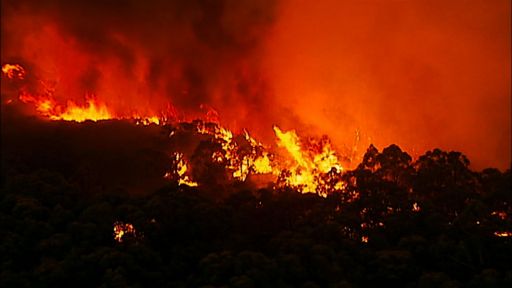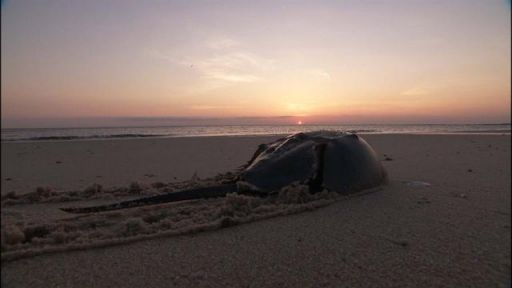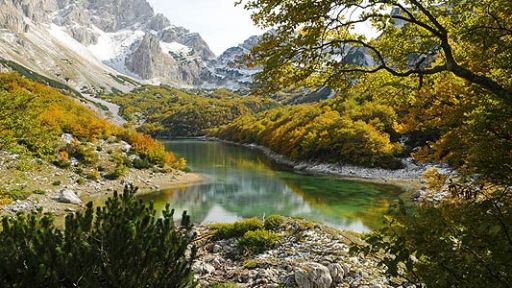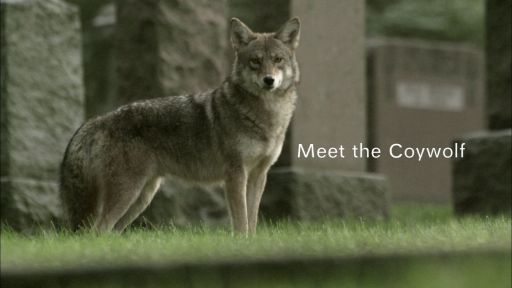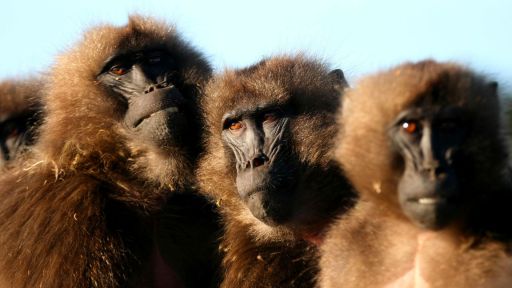The American pronghorn is the second fastest land mammal on the planet – reaching speeds of fifty miles an hour. But it’s pace long baffled scientists. It’s speculated that an arms race between the american cheetah and the pronghorn may be the reason for the antelope’s remarkable speed.
Features
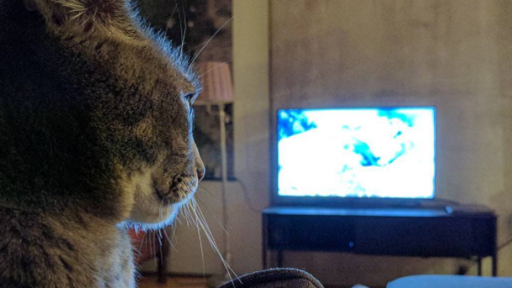
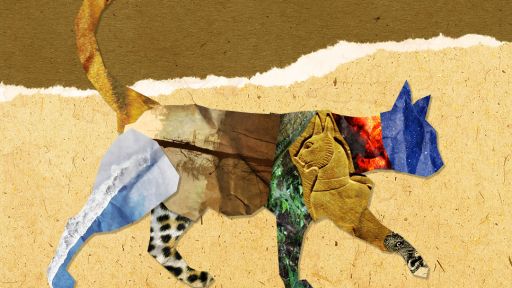
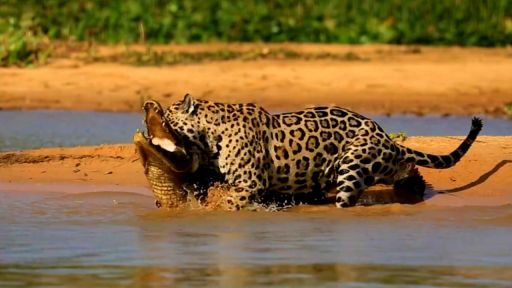
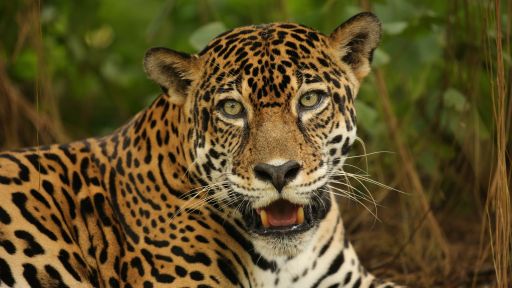
The American pronghorn is the second fastest land mammal on the planet - reaching speeds of fifty miles an hour.
But it's pace long baffled scientists.
The pronghorns' main predators like coyotes can't run at anything like this speed.
So why has the pronghorn evolved to reach such velocity?
Fossils from a cave in West Virginia show a cheetah-like cat that existed around three million years ago.
Long legs and enlarged nostrils - for better oxygen intake - indicate they sprinted after their prey, like modern day African cheetahs.
It's speculated that an arms race between these early cats and the Pronghorn may be the reason for the antelope's remarkable speed.
But having evolved in America, how did cheetah's end up in Africa?
You May Also Like
